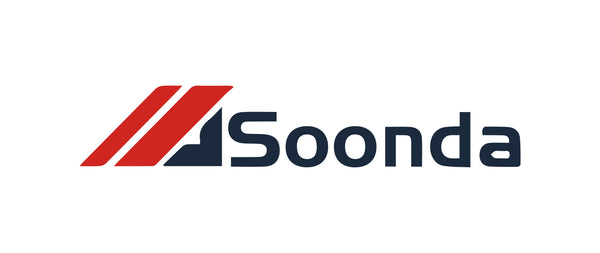The Differences Between CO2 and Fiber Laser Engravers
Share
If you're in the market for a laser engraver, you may have come across two popular types: CO2 and fiber. While both types can create high-quality engravings, they have some key differences that may impact your decision. In this article, we'll explore the differences between CO2 and fiber laser engravers to help you make an informed choice for your business needs.
What is a CO2 Laser Engraver?
A CO2 laser engraver uses a gas mixture of carbon dioxide, nitrogen, and helium to produce a laser beam. This beam is focused through a series of mirrors and lenses to create a powerful and precise energy source. CO2 laser engravers are typically used for non-metal materials, such as wood, acrylic, and leather.
What is a Fiber Laser Engraver?
In contrast, a fiber laser engraver uses a solid-state laser to produce a beam of light. The laser is created by exciting a solid medium, such as a crystal or glass, with diodes. This produces a concentrated and powerful beam that is ideal for engraving on metal materials.
Key Differences between CO2 and Fiber Laser Engravers
Wavelength
The wavelength of the laser beam is one of the main differences between CO2 and fiber laser engravers. CO2 lasers have a longer wavelength, which makes them better suited for engraving on non-metal materials. Fiber lasers, on the other hand, have a shorter wavelength and are better for engraving on metal materials.
Power
CO2 lasers typically have a higher power output than fiber lasers, making them better for cutting and engraving thicker materials. However, fiber lasers have a more concentrated beam, which makes them more precise for detailed engravings on thinner materials.
Maintenance
CO2 lasers require more maintenance than fiber lasers due to the gas mixture used in their operation. The gas mixture must be periodically replaced, and the mirrors and lenses need to be cleaned regularly. Fiber lasers have a longer lifespan and require less maintenance, making them a more cost-effective option in the long run.
Speed
Fiber lasers are typically faster than CO2 lasers, making them more efficient for larger production runs. CO2 lasers may be better for smaller projects or custom engravings that require more precision.
Which Laser Engraver is Right for You?
Ultimately, the decision between a CO2 and fiber laser engraver will depend on your specific needs and the materials you will be working with. If you primarily work with non-metal materials, a CO2 laser may be the better option. However, if you need to engrave on metal materials, a fiber laser will be the more suitable choice.
At our Shopify store, we carry top brands such as Ortur and Aufero for CO2 laser engravers and DAJA for fiber laser engravers. These brands offer high-quality and reliable machines that can meet the demands of any business.
Conclusion
In summary, CO2 and fiber laser engravers have some key differences in terms of their wavelength, power, maintenance, and speed. Understanding these differences can help you make an informed decision on which type of laser engraver is best for your business needs. Whether you choose a CO2 or fiber laser engraver, our Shopify store has a variety of options to choose from to help you take your business to the next level.
